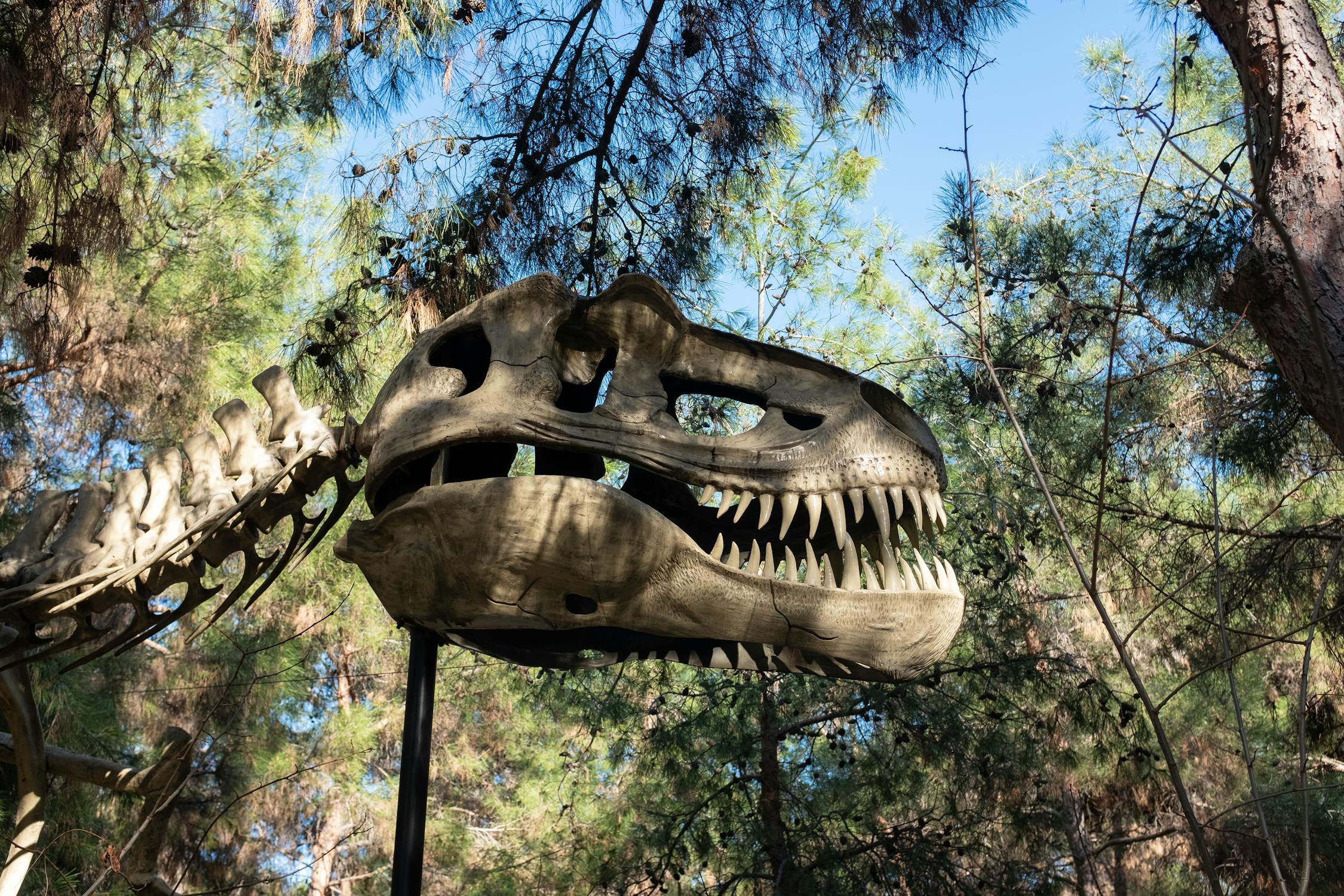Fossilized feces samples reveal how dinosaurs ruled the Earth

A study conducted on samples of fossilized feces and vomit revealed how dinosaurs dominated the Earth during the Triassic period.
While the way dinosaurs relinquished their dominance is well known, when an asteroid struck Earth 66 million years ago, leading to a catastrophic mass extinction, the way dinosaurs achieved their dominance has remained less understood until now.
The new study, which heavily relied on feces and vomit, provides new evidence on how dinosaurs outperformed their competitors during the Triassic period.
The study focused on an area in Poland with extensive fossils from this pivotal time.
Dinosaurs first appeared about 230 million years ago, and initially, they were overshadowed by other animals, such as the large relatives of crocodiles, in addition to many herbivorous animals, including giant species related to mammals and armored four-legged reptiles.
By around 200 million years ago, dinosaurs had become the dominant species, while most of their competitors had gone extinct.

Paleontologist Martin Kvarnström from Uppsala University in Sweden, the lead author of the study published on Wednesday in the journal Nature, said: “We have approached the dominance of dinosaurs in a completely new way.” We analyzed feeding evidence to deduce the ecological role of dinosaurs over the first 30 million years of their evolution.
Scientists have concluded that dinosaurs dominated the Earth thanks to a combination of environmental factors and biological developments that enabled them to outcompete their rivals and take control of ecosystems.
According to the results, diverse nutrition, environmental adaptation, and biological evolution were key factors in this process, as the first dinosaurs and their relatives were opportunistic creatures, meaning they ate anything available to them, including insects, fish, and plants. And then, larger and more specialized predatory dinosaurs evolved alongside herbivorous dinosaurs that adapted better than their competitors to take advantage of the new plants that emerged with climate change and increased humidity.
By examining undigested food—plants and prey—in feces and vomit samples, scientists were able to distinguish feeding patterns of different species and reconstruct food webs in the ecosystem.
The lead author of the study, Grzegorz Niedźwiedzki, a paleontologist and geologist at Uppsala University and the Polish Geological Institute, indicated that more than 100 kg of fossilized feces were studied. While bones and footprints reveal the types of animals present at a certain time, the team was able to deduce the type of animal that produced each feces sample based on several factors, such as its size and shape, the type of undigested food, and the nature of the digestive system of the living relatives of these extinct animals.
The study found that dinosaurs had more efficient digestive systems, as some of them were able to digest food more quickly compared to other creatures like crocodiles. This allowed them to obtain more energy from their food, making them more capable of adapting to changing environmental conditions.
The environment in the Triassic period was changing rapidly, witnessing an increase in volcanic activity and climatic changes that led to the emergence of new plants. These changes helped herbivorous dinosaurs to grow and reproduce, which eventually led to the emergence of carnivorous dinosaurs that exploited this increase in food resources.
According to this recent research paper, the dominance of dinosaurs on Earth was the result of several combined factors, including environmental adaptation, climate changes, the ability for biological evolution, the extinction of competitors, and adaptations in their digestive and locomotor systems.




